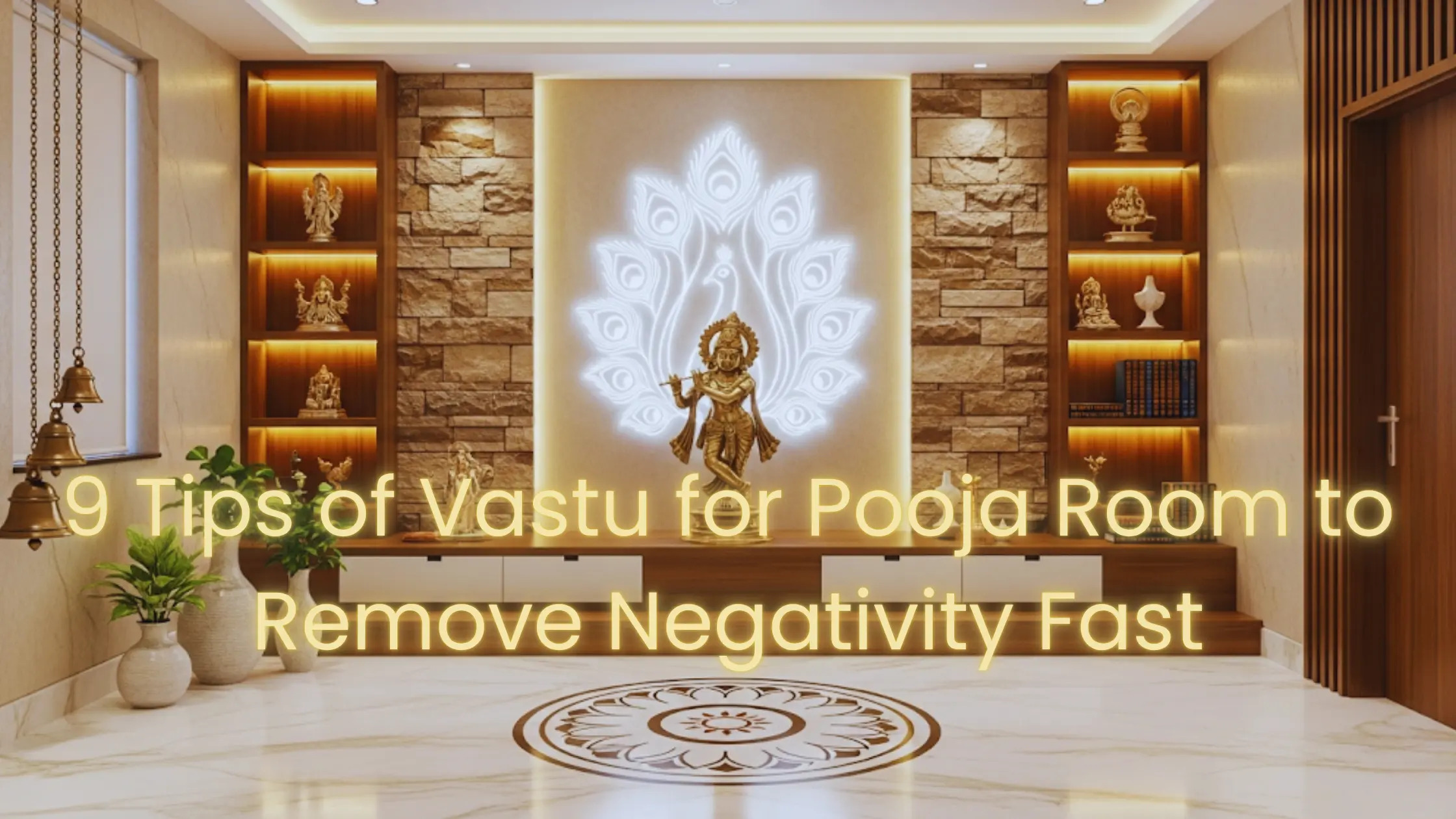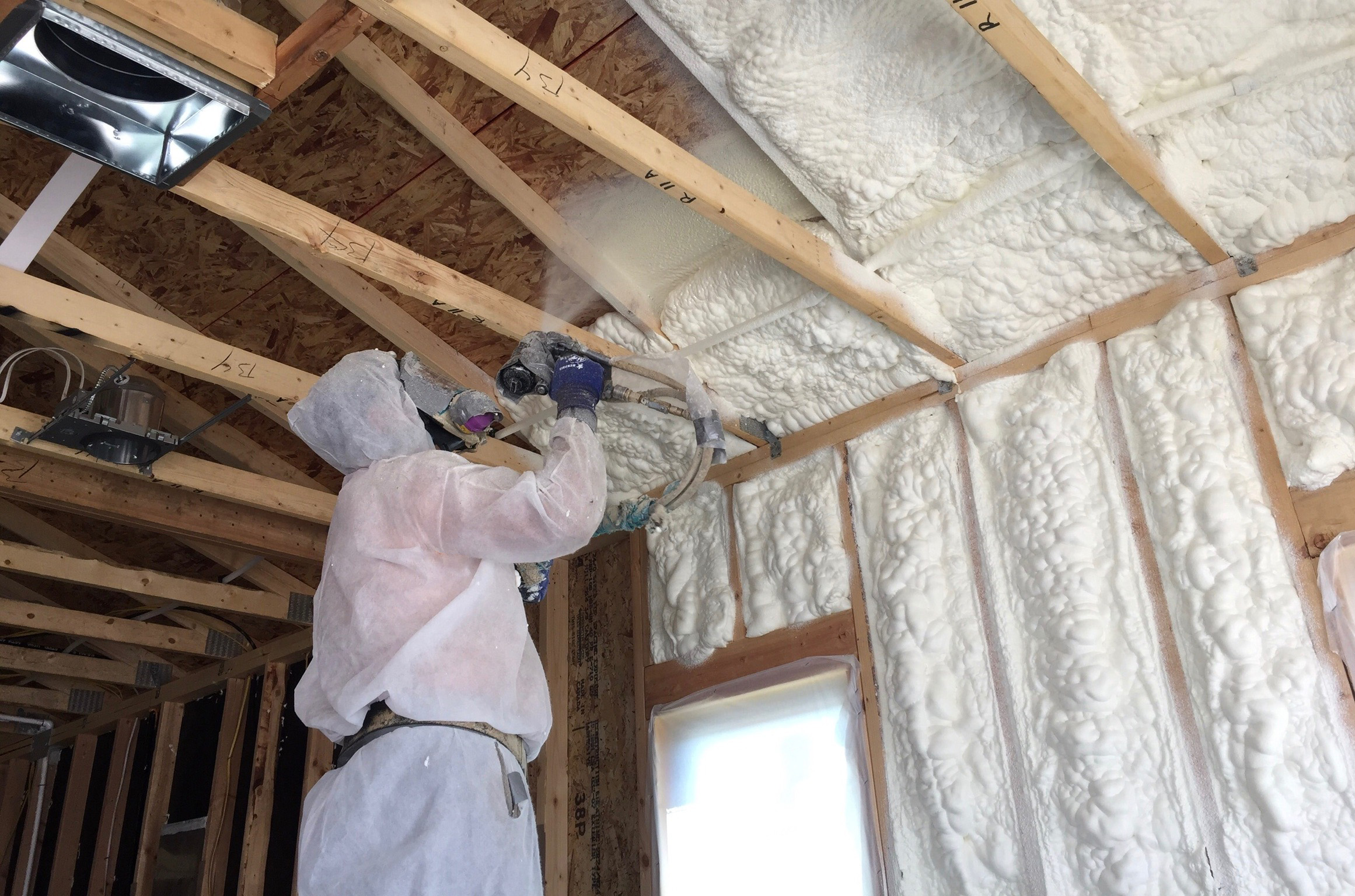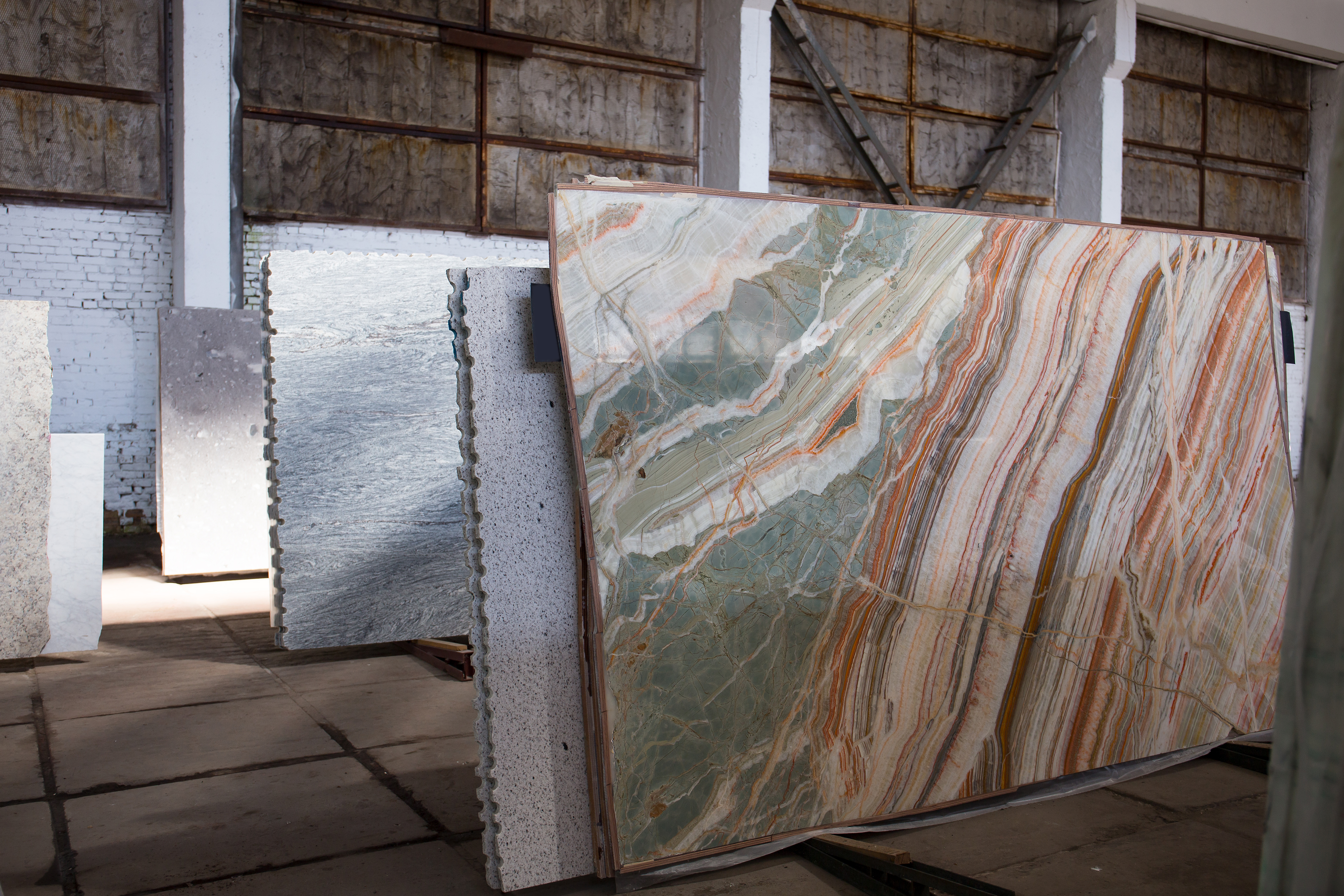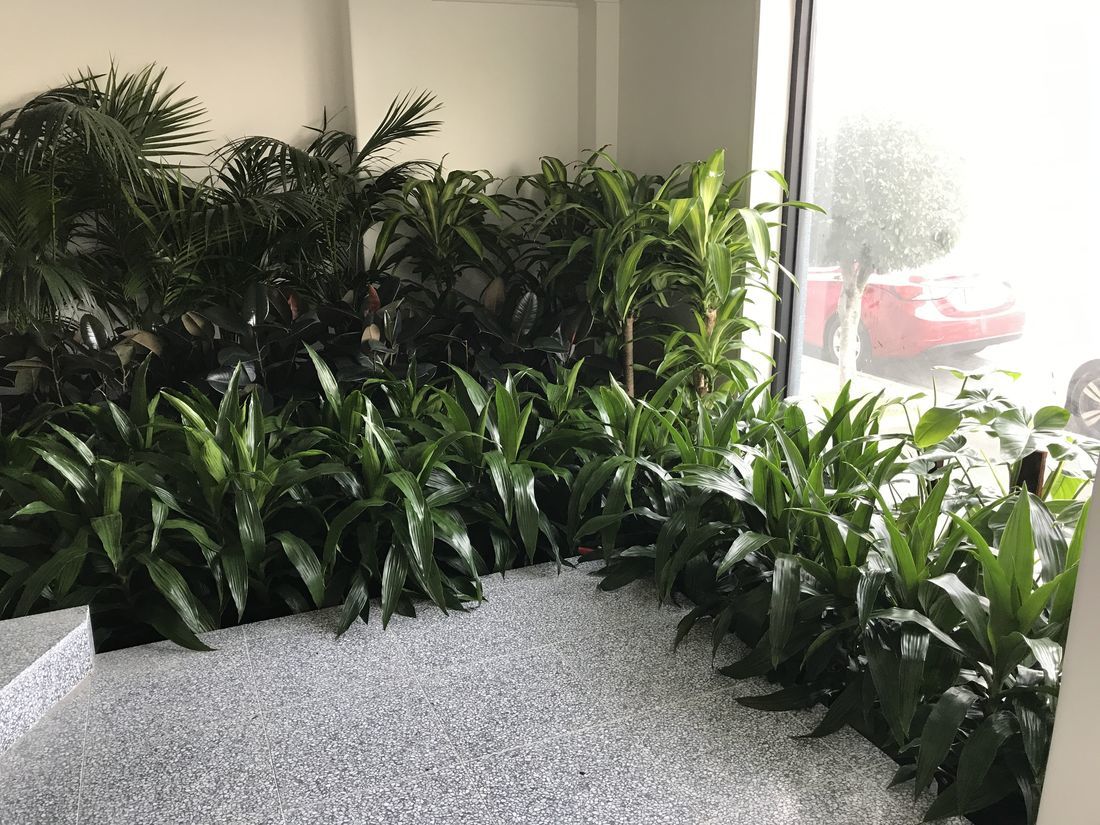Vastu for Pooja Room: Create a Divine Space Aligned with Positive Energy

The pooja room holds a special place in every Indian home. It's the spiritual center where we seek peace, offer prayers, and connect with divine energy. Following Vastu for pooja room ensures that this sacred space attracts positivity, harmony, and spiritual growth. Rooted in ancient Indian science, Vastu Shastra for home temple emphasizes the importance of direction, layout, and design in maintaining a positive energy flow. In this article, we’ll explore the best Vastu practices to help you design or upgrade your pooja room for maximum spiritual benefit.
Ideal Location for Pooja Room According to Vastu
Choosing the right location is the first and most critical step in Vastu planning for the pooja room. According to Vastu for pooja room, the Northeast or Ishan corner is considered the most auspicious direction.
Why Northeast?
- This direction receives the maximum cosmic energy.
- It is associated with water and spiritual upliftment in Vastu.
- It helps in creating a serene and meditative environment.
Alternate Directions (if Northeast isn’t possible):
- East: Represents growth and sunrise energy.
- North: Brings prosperity and clarity of thought.
Directions to Avoid:
- South of the home.
- Inside bedrooms or near toilets.
- Under staircases or above/below bathrooms.
Following these location guidelines creates a spiritually charged atmosphere in your home temple as per Vastu Shastra.
Vastu-Compliant Design Features for Pooja Room
Once the location is finalized, the layout and materials of the pooja room should be carefully chosen. Vastu Shastra for home temple gives clear instructions on how to design the room to maintain sanctity and balance.
Design Tips:
- Use natural materials: Construct the altar using wood or marble. Avoid metal and glass.
- Doors: A pooja room should have two wooden doors with a threshold to prevent negative energy from entering.
- Flooring: Keep the pooja room floor higher than the rest of the house using a low platform.
- Storage: Keep storage for pooja items in the west or south direction.
Ensure the room is neat, clean, and clutter-free. This allows uninterrupted energy flow and keeps the spiritual space sacred.
Ideal Placement and Facing Direction of Idols
The arrangement and direction of deity idols are crucial aspects of Vastu for pooja room. Incorrect placement can disrupt the energy balance.
Placement Guidelines:
- Idols should be placed a few inches away from the wall.
- They should face east or west, and the devotee should face east while praying.
- Avoid placing idols under shelves or in corners.
- The height of the idols should not exceed 9 inches.
Important Do’s and Don’ts:
- Never keep broken or chipped idols.
- Avoid placing photos of deceased ancestors in the pooja room.
- Maintain symmetry when placing multiple idols.
These arrangements are essential for creating a spiritually active and energetically aligned home temple as per Vastu Shastra.
Lighting and Color Scheme for Promoting Positivity
Lighting and color choices play a significant role in elevating the energy levels of the pooja room.
Lighting Recommendations:
- Allow natural light through small windows in the east or north wall.
- Use ghee or sesame oil diyas during prayer for warmth and energy.
- Add warm white or yellow artificial lighting for soft ambience.
Color Suggestions (as per Vastu):
- Light yellow, white, beige, and pastel shades.
- Avoid dark or loud colors like black or red.
Decor Tips:
- Use spiritual symbols like Om, Swastika, or Lotus designs.
- Keep the décor minimal to enhance focus and clarity.
- Avoid placing electronics or unrelated furniture in this room.
These design elements help maintain a peaceful, vibrant, and pure spiritual space.
Maintenance and Daily Rituals for Energy Cleansing
A pooja room built according to Vastu for pooja room needs regular care and rituals to keep its energy field strong.
Daily Vastu Practices:
- Clean the room and idols every morning.
- Light a diya and incense sticks at sunrise and sunset.
- Use sacred sounds like bells, conch (shankh), or chanting mantras to cleanse the space.
Weekly Tips:
- Mop the pooja room with salt water once a week to eliminate negative vibrations.
- Replace dried flowers and offerings regularly.
Following these rituals not only enhances the spiritual energy but also brings peace and prosperity into the home.
Conclusion
Designing your pooja room according to Vastu for pooja room principles ensures that your sacred space radiates positivity, calmness, and divine energy. From selecting the right location and design to choosing ideal lighting and maintaining cleanliness, every aspect matters in creating a spiritually aligned environment. Embracing the rules of Vastu Shastra for home temple brings long-lasting benefits like inner peace, improved focus during prayers, and overall household harmony.
To build or redesign your pooja room with expert precision, reach out to Samanvay Vastu, your trusted partner in Vastu consultation. Let us help you craft a space that truly honors the divine and fills your home with positive vibrations.
Note: IndiBlogHub features both user-submitted and editorial content. We do not verify third-party contributions. Read our Disclaimer and Privacy Policyfor details.







